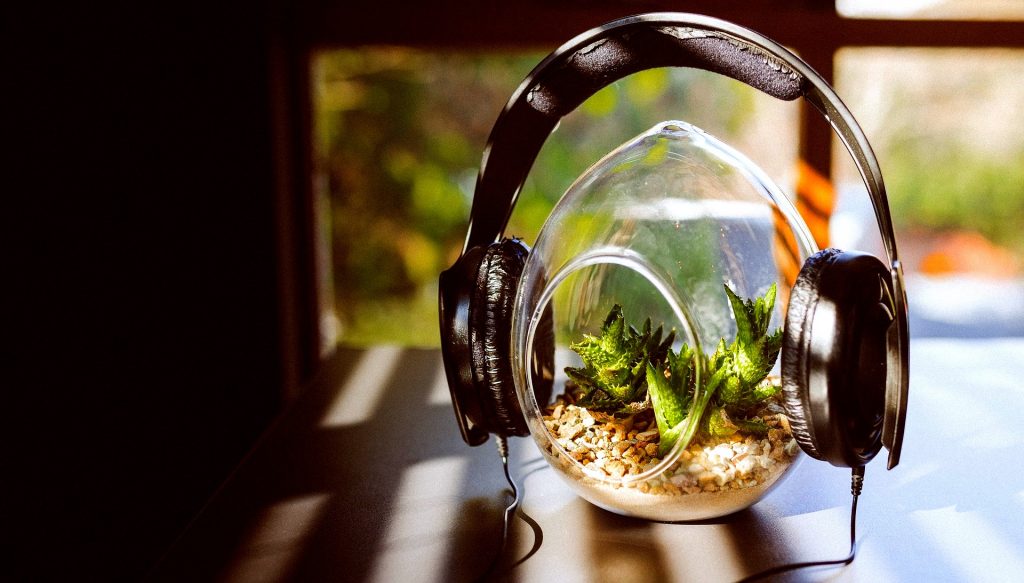New research shows that plants detect vibrations & use sound to find water & survive
(Collective Evolution | Alexa Erickson) Do you have a green thumb? Many people who do believe that it’s all about intuition Much like parenting, you are responsible for nourishing the plants you grow with the utmost care, or else they’ll die. Proper food, proper environment, and so on make for a healthy living thing. But some people feel they’re just not cut out for the job, claiming every plant they bring home just dies on them — that plants simply don’t like them.
Plants detect vibrations
I never considered myself to have a green thumb, but I also never thought otherwise, either. Naturally drawn to plants, I wanted them to fill up my home, my front yard, my back yard. I didn’t buy books and I didn’t make them flourish with Miracle Grow. I test their soil regularly, water them when needed, prune them when the time comes, and, above all else, I pay attention to them by loving them. I talk about my plants, talk to my plants, and feel their leaves like they have a magical dust I can inherit. Sound weird? Maybe to some.
Many people find that playing music to plants makes them grow better, which, naturally, scientists have scoffed at because plants don’t work that way, according to what they have learned and observed thus far. However, new research is supporting the music-playing theory, which makes me feel even more inclined to turn up the tunes and talk to my plants.
Monica Gagliano, an evolutionary biologist at the University of Western Australia, doesn’t think it’s absurd at all, considering her recent research discovered that plants use the sounds of nature, like the buzzing of an insect and the sound of liquid rushing through a pipe, to find water and survive.
For her study, Gagliano placed pea seedlings in a pot in the shape of an upside-down Y, with one arm of each pot positioned in either a tray of water or a coiled plastic tube with water flowing through it. The other arm consisted of only soil. The study found that, no matter if it was easily accessible or hidden inside the tubing, the roots grew toward the arm of the pipe with the fluid.
Gagliano believes that the plants “just knew the water was there,” regardless of the fact that they could only detect the sound of the water flowing inside the pipe. Furthermore, when the seedlings had the opportunity between the flowing tube and soil that was moistened, their roots preferred the latter. According to Gagliano, when water was far away, the plants used sound waves to guide them, but when it was easily accessible, they followed moisture gradients to hone in on their target.
She explains
Because water is essential to life, organisms have evolved a wide range of strategies to cope with water limitations, including actively searching for their preferred moisture levels to avoid dehydration. Plants use moisture gradients to direct their roots through the soil once a water source is detected, but how they first detect the source is unknown. . . . We found that roots were able to locate a water source by sensing the vibrations generated by water moving inside pipes, even in the absence of substrate moisture. . . .
Our results also showed that the presence of noise affected the abilities of roots to perceive and respond correctly to the surrounding soundscape.
Buzz pollination, where bees buzzing at a given frequency trigger the release of pollen in plants, make Gagliano’s study results even more of a possibility.
Source: Collective Evolution
You may also like:




